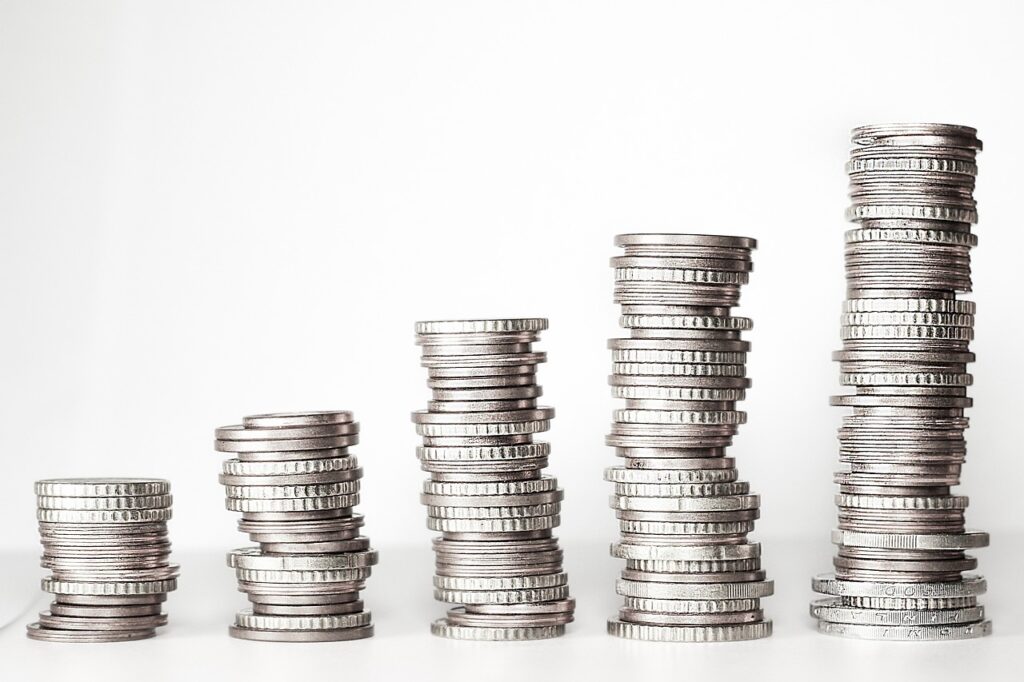The Central Bank of the Argentine Republic (BCRA) has projected substantial investments in renewable energy projects, including green hydrogen, over the next decade.
According to BCRA Vice President Vladimir Werning, Argentina is set to receive around $2 billion in private investments for green hydrogen by 2032. Additionally, investments totaling $1.2 billion are anticipated for the broader energy transition, with significant allocations for sustainable aviation fuels, bioethanol, and cogeneration projects.
While the projected $2 billion investment in green hydrogen is notable, it pales in comparison to the ambitious targets set by other countries. For instance, the European Union has committed to producing and importing 10 million tons of green hydrogen by 2030, backed by substantial financial and regulatory support. Argentina’s investment plans, although significant, represent a fraction of the global investment landscape in green hydrogen.
The BCRA has earmarked $400 million for the production of sustainable aviation fuels by 2027. This investment aligns with global trends in reducing aviation’s carbon footprint, but it remains to be seen whether Argentina can become a competitive player in the SAF market, given the advanced developments in regions like Europe and North America.
Investments of $300 million in bioethanol and $600 million in cogeneration by 2026 reflect Argentina’s broader strategy to diversify its renewable energy portfolio. These sectors are crucial for reducing dependence on fossil fuels, but they also face stiff competition from established markets with more mature technologies and infrastructure.
The BCRA has also recognized the need for substantial investment in Argentina’s electric transport system, projecting around $4.6 billion for its expansion. This investment is part of the broader “Bases and Starting Points for the Freedom of Argentines” law and the Regime of Incentives for Large Investments (RIGI). Projects under this regime must invest at least 40% of their minimum $200 million investment in the first two years, emphasizing the urgency of infrastructure development.
Argentina’s National Strategy for the Development of the Hydrogen Economy, initiated by the previous government, sets ambitious targets for hydrogen production and renewable energy capacity. Javier Milei’s administration plans to update this strategy, focusing on technical standards, certification schemes, and blending regulations to position Argentina in the international hydrogen market. The alignment with the European Union’s goal of acquiring 10 million tons of green hydrogen by 2030 underscores the strategic importance of this sector.
While Argentina’s renewable energy and green hydrogen initiatives are commendable, they must be critically examined within the context of global benchmarks and industry standards. The projected investments are a step in the right direction but may fall short of positioning Argentina as a leader in the green hydrogen market. Accelerated development, increased funding, and robust regulatory frameworks will be essential for realizing the full potential of Argentina’s hydrogen economy.
